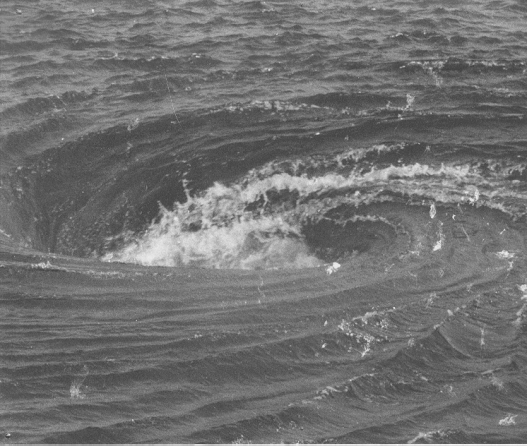| Home |
| Books |
| Links |
| Notes |
| Research |
|
|
|
|
|
|
|
|
|
|
|
|
| Writing |
Vortex noise and dynamics

Many flows of technological relevance can be modelled using Lagrangian vortex methods. The techniques model the evolution of incompressible flows using vortex elements which interact via some form of the Biot-Savart Law. Present work is in the development of a code which implements, on serial and parallel computers, a vortex filament technique for vortex dynamics and noise. Vortex methods are especially attractive for work of this type because of their computational efficiency (only the `active' parts of the flow need be modelled) and because vorticity is a particularly useful variable in the subsequent calculation of the noise radiated by low Mach number flows.
Currently, one code is complete and stable and another is under development. The first, written in Matlab, allows the calculation of vortex filament dynamics and acoustics for small systems (since Matlab is quite slow for large systems). The second, written in C for parallel and serial computers, is not yet complete but will be released when it is stable. At present, vortex dynamics can be calculated and validation tests are being conducted. Acoustics modules will be added later.
For the moment, development of the filament codes has been suspended while I work on a meshed vorticity method. This is a different approach where the vorticity distribution is explicitly modelled (rather than being approximated by overlapping filaments) and has significant advantages for certain types of flow.
Sample results
Four sets of results are currently online. The first shows the leapfrogging of a pair of vortex rings while the second shows the evolution of the shear layer of a periodic jet. Both of these results were calculated using the filament method. The third, calculated using the meshed-vorticity approach shows the head on collision of two vortex rings. The last set shows the pairing of two co-rotating vortex rings, using an improved meshed vorticity method.
For more information, feel free to write to me by clicking on `e-mail' in the left hand column.
Last modified: Wed Jun 27 17:02:38 BST 2001